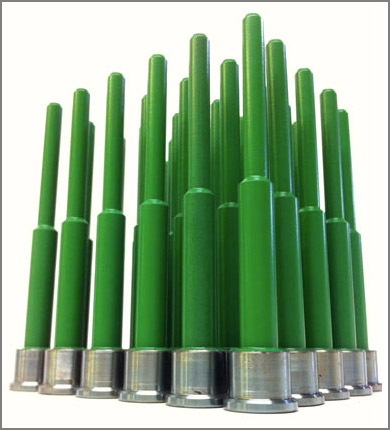Fluorinated Ethylene Propylene
FEP is very similar in composition to the fluoropolymers PTFE and PFA. FEP and PFA both share PTFE’s useful properties of low friction and non-reactivity, but are more easily formable. FEP is softer than PTFE and melts at 500°F; it is highly transparent and resistant to sunlight.
Chemical Resistance
FEP is the only other readily available fluoropolymer that can match PTFE’s own resistance to caustic agents, as it is a pure carbon-fluorine structure and fully fluorinated. Electrically, PTFE, FEP and PFA have identical dielectric constants, but FEP’s dielectric strength is only surpassed by PFA. However, while PFA has a similar dissipation factor to PTFE, FEP’s dissipation is around six times that of PFA and EFTE (making it a more non-linear conductor of electrostatic fields.
Thermal Advantages
FEP stands out from PTFE and PFA by having a melting point of 500°F, around forty degrees lower than PFA and lower again than PTFE. Mechanically, FEP is slightly more flexible than PTFE. Perhaps surprisingly, it does not withstand repetitive folding as well as PTFE. It also features a poorer co-efficient of dynamic friction, is softer and has a slightly lower tensile strength than PTFE and FAP. A noteworthy property of FEP is that it is vastly superior to PTFE in some coating applications involving exposure to detergents.

